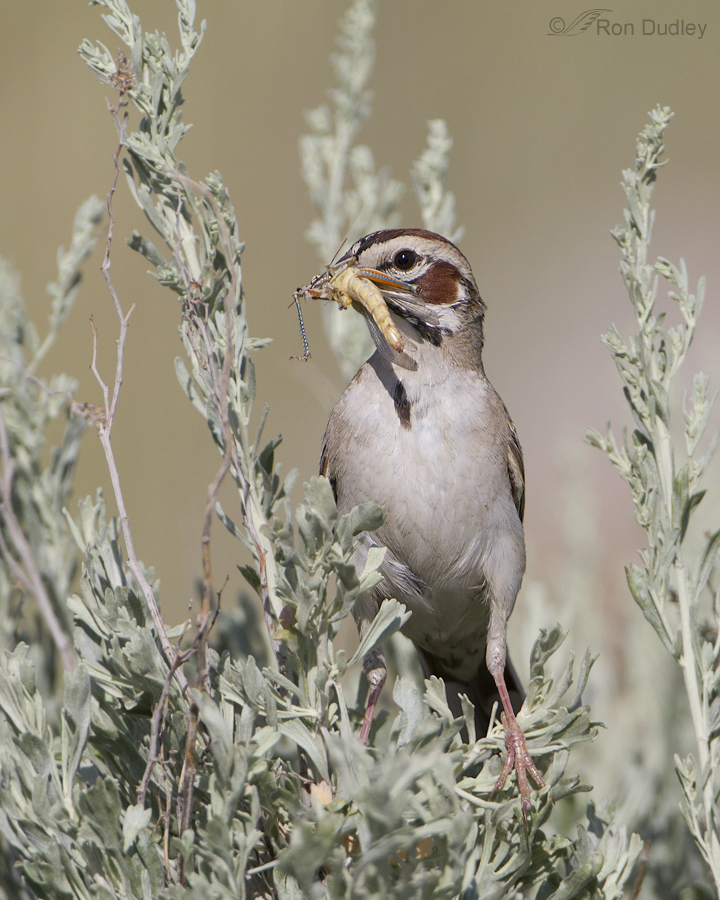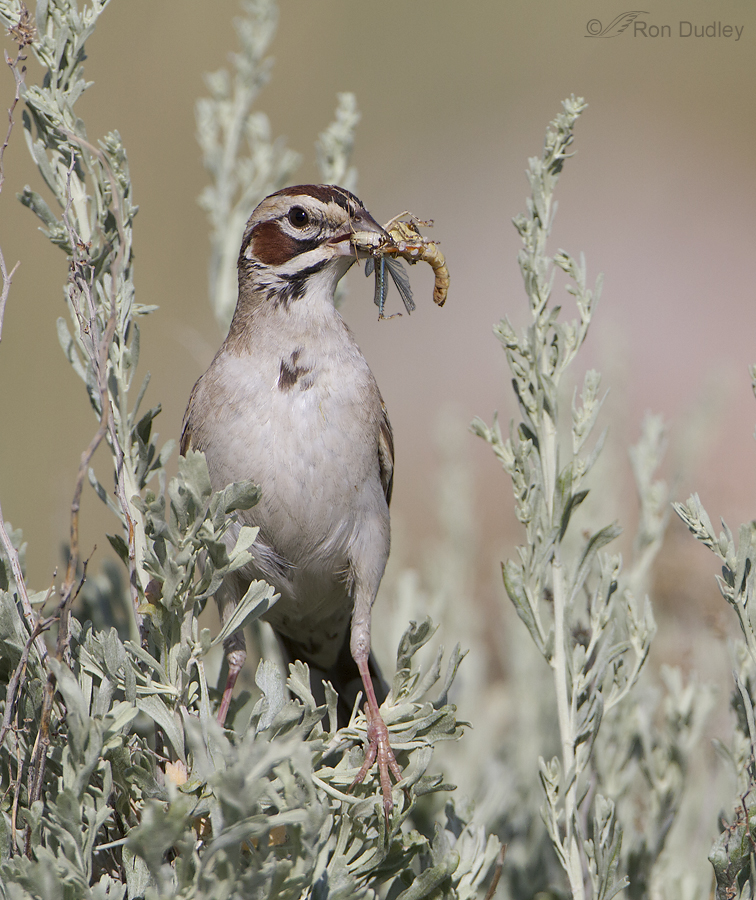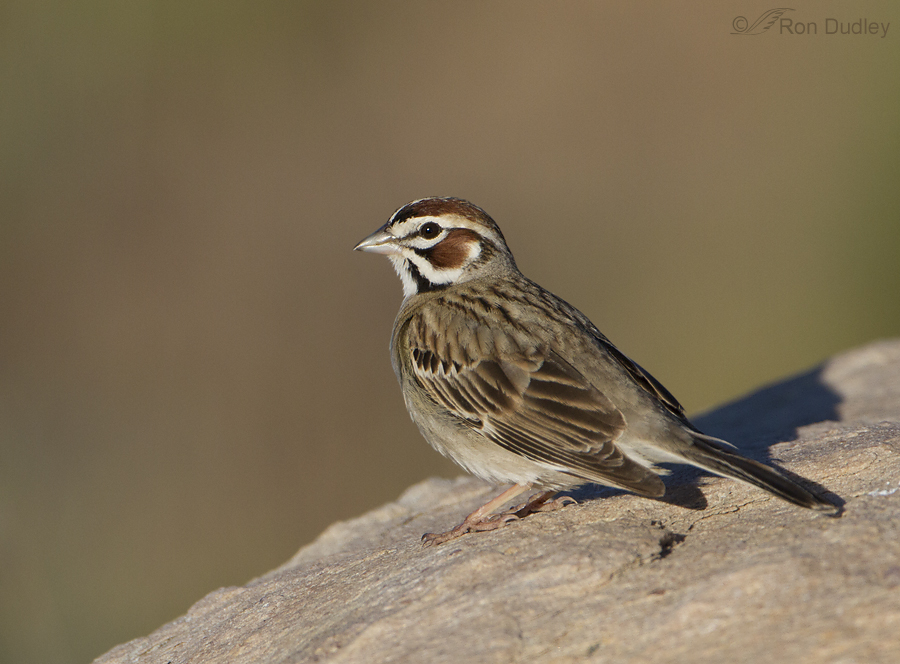I’ve never had much luck with Lark Sparrows but this spring my fortunes with them have improved. It seems to be a banner year for them on Antelope Island and some of them even cooperate occasionally. In fact, most of the images in this post are of the same bird. It was so intent on its singing and territory declaration that it flew from perch to perch for quite a while and gave us some close looks. 1/1600, f/10, ISO 500, 500 f/4, 1.4 tc These are large, long-tailed sparrows with a distinctive chestnut, black and white facial pattern that gives them a harlequin look. The sparrow is perched on a dried sunflower with significant depth so I went to f/10 for this shot to try to get as many of the seed heads as sharp as possible. 1/3200, f/6.3, ISO 500, 500 f/4, 1.4 tc In this shot the same sparrow is changing its position on a sagebrush perch and I was able to catch it with a wing and tail position that I like. I do wish there were no sage leaves behind the head though. 1/3200, f/6.3, ISO 500, 500 f/4, 1.4 tc After it settled its position on the sage it gave me some nice eye contact. 1/3200, f/8, ISO 500, 500 f/4, 1.4 tc I’ve said before on this blog how much I enjoy sage perches but they’re not without their problems for the photographer. Dead twigs from last years growth often stick up above the…
Continue reading




